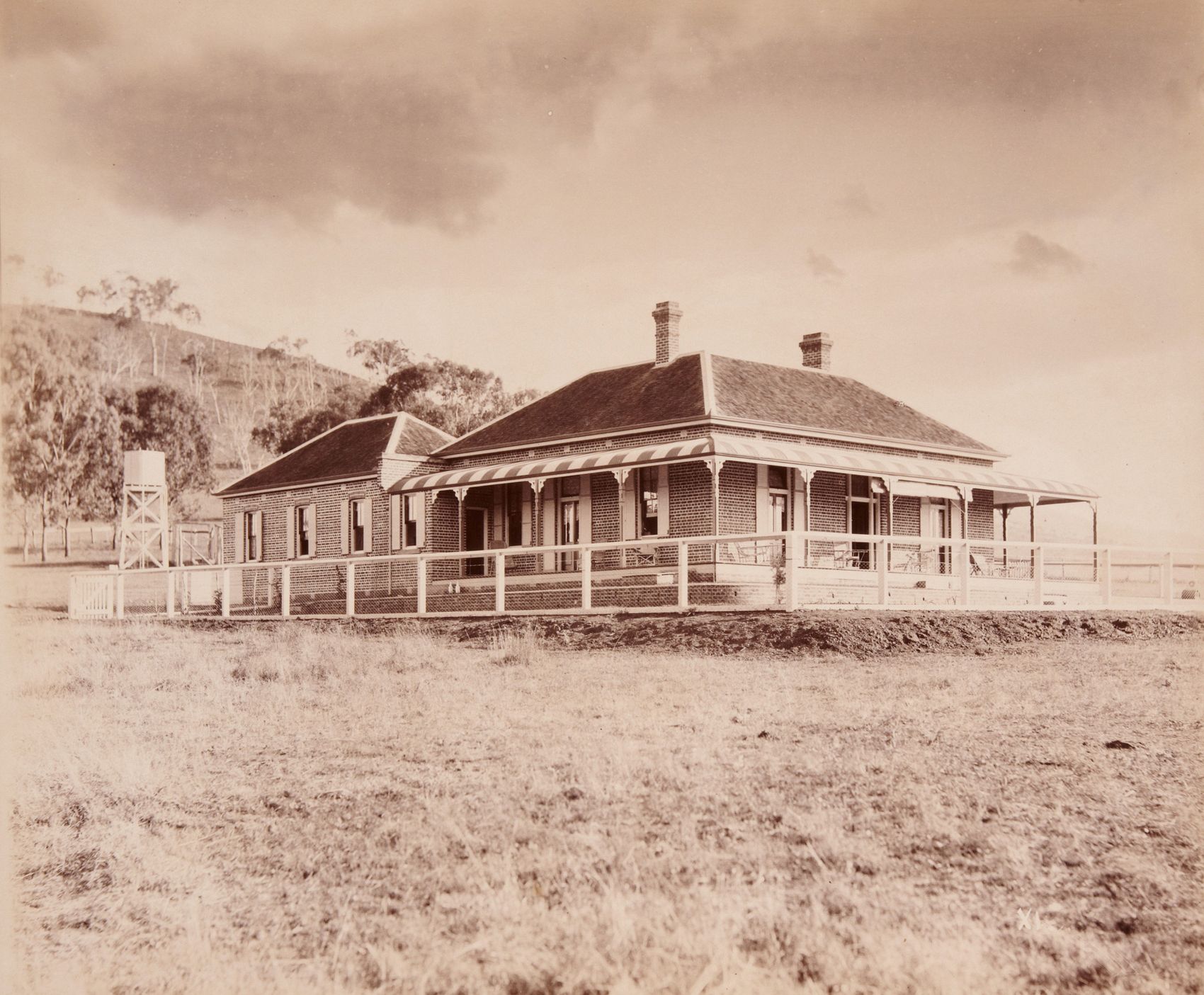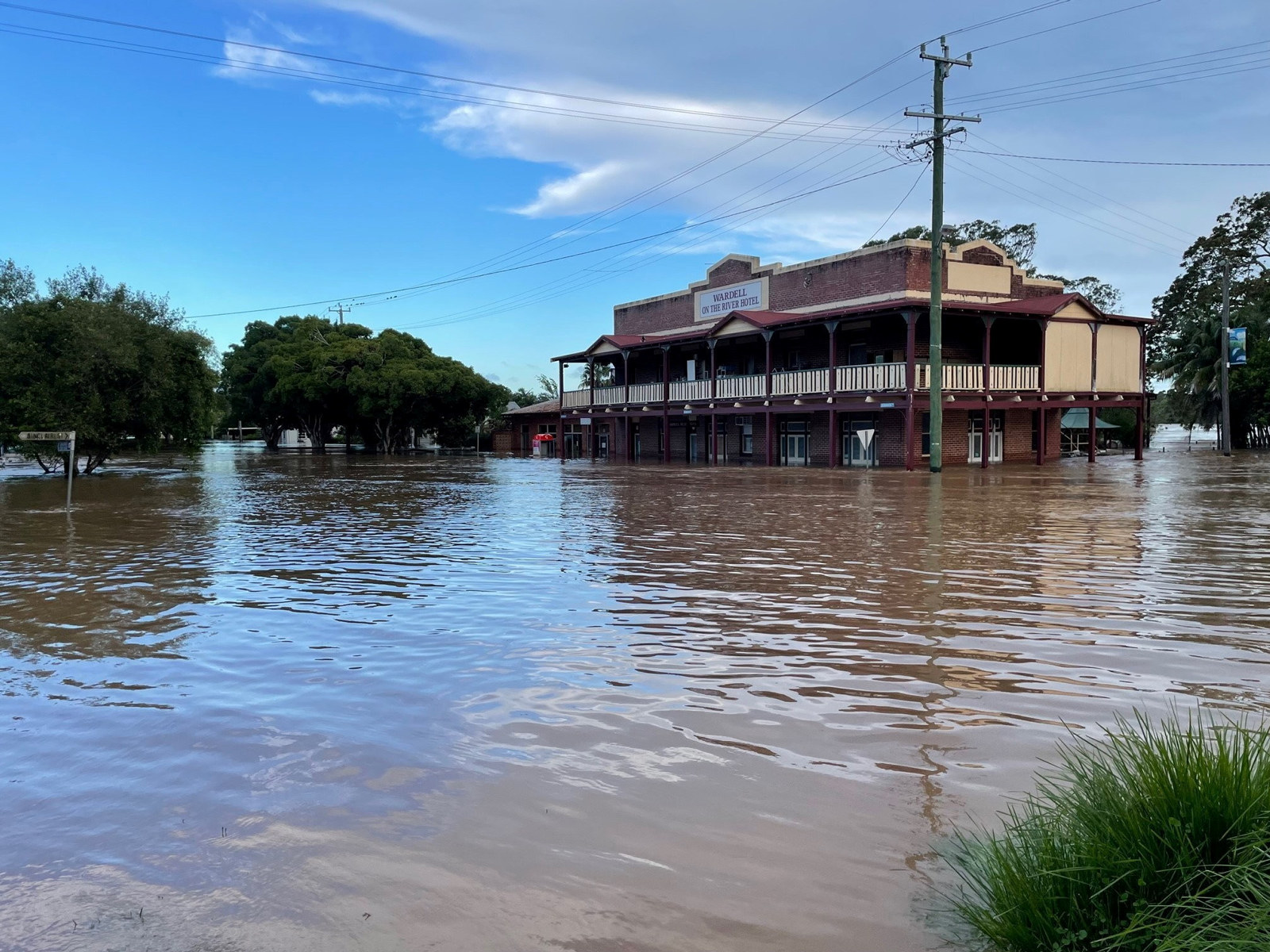Locking up at Throsby Park
Among the set of house keys for Throsby Park are a number of very large brass mortice keys for 19th century internal door locks. The keys are beautiful sculptural items, but not the kind of thing that you would want to have to carry around in your pockets.
When Throsby Park was transferred to MHNSW from the NPWS in 2010 we were given the one existing set of these keys but now, with the house about to be passed into the care of a long-term tenant, we thought it prudent to get some copies made.
This is not a standard locksmith job - inquiries to a couple of locksmith companies that we commonly use drew a blank. Copying the keys by 3D scanning and 3D printing was possible but would have been a rather expensive option.
Ultimately the job was given to Pure Casting, a Marrickville company who primarily make custom-designed jewellery in the ‘lost-wax’ moulding and casting process; one of the few companies in Sydney still making copies in this way.
Lost wax casting, in various forms, was practiced in ancient Asia, Europe, Africa and Latin America, with the oldest known examples of the process found in southern Israel, dating from 4500-3500 BCE.
For our key we were offered the option of having the key cast in platinum, gold or silver but reluctantly limited our choice to between brass or bronze.
Brass (copper and zinc) would have matched the original keys. Bronze (copper, tin and – in this instance - phosphorus) is easier to cast, slightly cheaper and harder. We opted for bronze. The bronze copy will be approximately 1% smaller than the original key due to shrinkage of the metal during cooling. This shouldn’t be a problem given the loose fit of the locks.
The copying of the keys is a labour-intensive, four-part process.
Initially a reusable silicon mould is made of the original key. This mould is used to produce a wax copy of the original and can be used multiple times.
A wax ‘tree’ is then fixed to the key, the tree will create a pathway through which the bronze will be fed into the mould. The wax key and tree are mounted within a perforated steel ‘flusk’ into which gypsum powder ‘investment’ is poured. The investment packs solidly around the key, with the process taking place in a vacuum chamber to ensure that there are no air pockets.
The flusk is placed in an oven at 730 degrees Celsius for approximately eight hours during which time the investment bakes solid and the wax key and tree completely burn away (hence ‘lost wax’) leaving a perfect negative of the original key. Remarkably fine detail can be copied in this process.
The solid investment mould is then taken from the oven and placed into an induction melting machine where the air is removed and replaced with inert nitrogen to aid the movement of the metal through the mould. Pellets of bronze are fed into a crucible and heated to 1,010 degrees Celsius before being fed down through the tree into the mould. The mould retains its heat from the oven so that the molten bronze spreads evenly through it before it cools and solidifies.
The investment mould with the new bronze key inside is removed from the induction machine and washed in water. The investment breaks up in the water exposing the rough bronze key. The key is hosed down in water containing a dilute solution of hydrochloric or sulphuric acid and then polished in a jet of water containing an abrasive of very fine glass beads.
The cost of the replacement keys was largely dictated by the amount of metal used.
Published on
Related

Visions on the future
Meet the team at Australia’s longest-running and most influential architectural practice

Alexander Riley, legendary Aboriginal police tracker
The remarkable talents of Aboriginal trackers who worked for NSW Police in the 20th century are featured in a display at the Justice & Police Museum

Home in the Hunter
The Hunter Region is the traditional home of the Wonnarua people. The first European settlers arrived in the 1820s, mainly squatters who claimed large areas of land on which to graze sheep

The 2022 NSW Floods
Residents’ photos and testimony submitted to the government inquiry into the devastating NSW floods of 2022 tell raw and powerful stories of the disaster and its aftermath, and expose the impact of climate change
